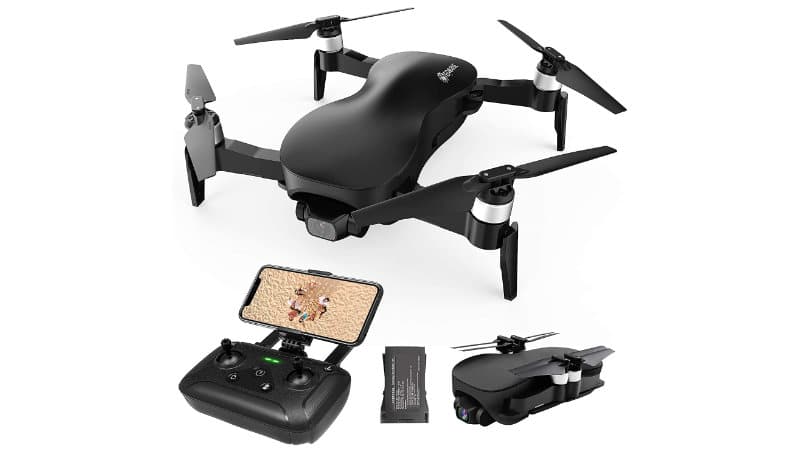How does a 3D printer work?
What is 3D printing?
3D printing is a process of making solid three-dimensional objects from a digital model. 3D printers work by melting and depositing successive layers of materials, usually plastics or metals. The first 3D printer was made in 1983 by Chuck Hull, founder and CEO of 3D Systems. There are different types of 3D printers that can create different types of models such as:
- modeling of molten deposits;
- stereolithography;
- sintering.
This is also known as additive manufacturing because the process of creating a three-dimensional object involves adding layer after layer of material until the entire object has been built. To use 3D printing, a digital file must be created with specialized software. This file can vary in size from one to hundreds of megabytes or even gigabytes. The folder can then be sent to a 3D printing company and can be printed in any color or material. The 3D printing process begins with the preparation of a digital model of an object, which is then converted into the appropriate understandable format. This digital file is then loaded into the controller of the 3D printer where it is cut into thin layers with a specific section width in order to obtain a three-dimensional shape. Incoming data is broken down into small trajectories, which are then followed in order to construct an object.
3D printing materials and what you need to know about them
There are many types of 3D printers, each with their own strengths and limitations. One of the biggest factors that affects the quality and price of a printer is the material it can use. Some printers only use one type of material while others use multiple types like ABS plastic, nylon, PLA plastic, metal alloys or even foodstuffs like chocolate. ABS is a type of plastic that can be extruded by a printer to create objects. ABS is known for its durability and ability to be formed into complex shapes and textures. The downside, in comparison, is the relatively high cost of materials required by ABS and ABS 3D printers.
PLA is another type of plastic that can also be used to create objects. 3D printers use additives to thicken the printer filament for the specific type of object being created. This additive is mixed into the plastic before extrusion and has a sonic point where it begins to liquefy. The density of an object can vary depending on the amount of additives used in the process. The downside, in comparison, is the relatively high cost of materials required by ABS and ABS 3D printers.
How to choose the best filament for your needs and why the material is important in additive manufacturing?
Choosing the right filament for your needs is important. The material you choose will affect the quality of your 3D printed object and may also impact print time.
- nylon is a great choice if you want items that have a high strength-to-weight ratio and very low shrinkage rates;
- ABS is good if you need something with a high heat tolerance, as it won’t warp or melt at higher temperatures;
- PLA is good if you want items that have low thermal conductivity, allowing you to print with cheaper filament.
Which filament is best for making jewelry?
ABS is good because it won’t warp or melt at high temperatures and has excellent tensile strength.
The article How does a 3D printer work? appeared first on Androidandyou.com.


